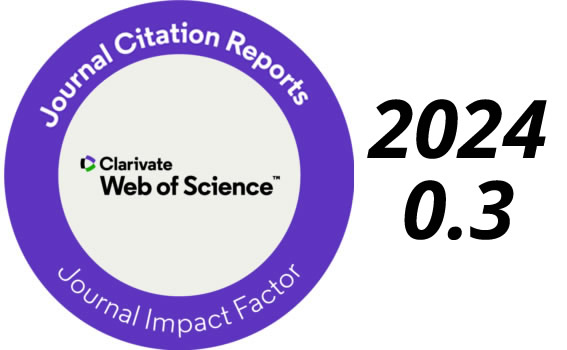Comparison of discrete and ensemble Kalman filter for hourly streamflow forecasting in Huaynamota River, Nayarit, México
DOI:
https://doi.org/10.24850/j-tyca-2021-06-06Keywords:
Kalman filter, ensembles, autoregressive models, short-term streamflow forecastingAbstract
Integrated data assimilation for flow forecasting can provide flexibility and reduce systematic errors in the models. In this work we evaluate the predictive capacity of the discrete Kalman filter, ensemble Kalman filter, and its integration, using hourly flow records from Chapalagana and Platanitos stations located on the Huaynamota river, hydrological region 12. The basin is located in the northwest of the Mexican Republic and is shared between the states of Durango, Nayarit, Zacatecas, and Jalisco. For the analysis, series with 1360 data from 2017 were used, from August 2nd at 9:00 a.m. to September 28th at 0:00 a.m. Forecasts were evaluated at 1, 2, 3, 4, 5, and 6 steps forward, combined with set sizes of 5, 8, 10, 20, 50, and 100 members using measurements at the Platanitos station as an exogenous variable. The fit between observed and predicted series was estimated using the Nash-Sutcliffe coefficient and the mean square root of the error to determine that the discrete Kalman filter achieves better fit and update based on the time delay between series. The Ensemble Kalman filter generates smoothing of the predicted series, and the integration of filters increases the displacement effect of the predicted series. The discrete Kalman filter achieves superior adjustment to ARX and the ARX-DKF combination.
Downloads
Published
How to Cite
Issue
Section
License
Copyright (c) 2021 Tecnología y ciencias del agua

This work is licensed under a Creative Commons Attribution-NonCommercial-ShareAlike 4.0 International License.
By Instituto Mexicano de Tecnología del Agua is distributed under a Creative Commons Attribution-NonCommercial-ShareAlike 4.0 International License. Based on a work at https://www.revistatyca.org.mx/. Permissions beyond what is covered by this license can be found in Editorial Policy.









